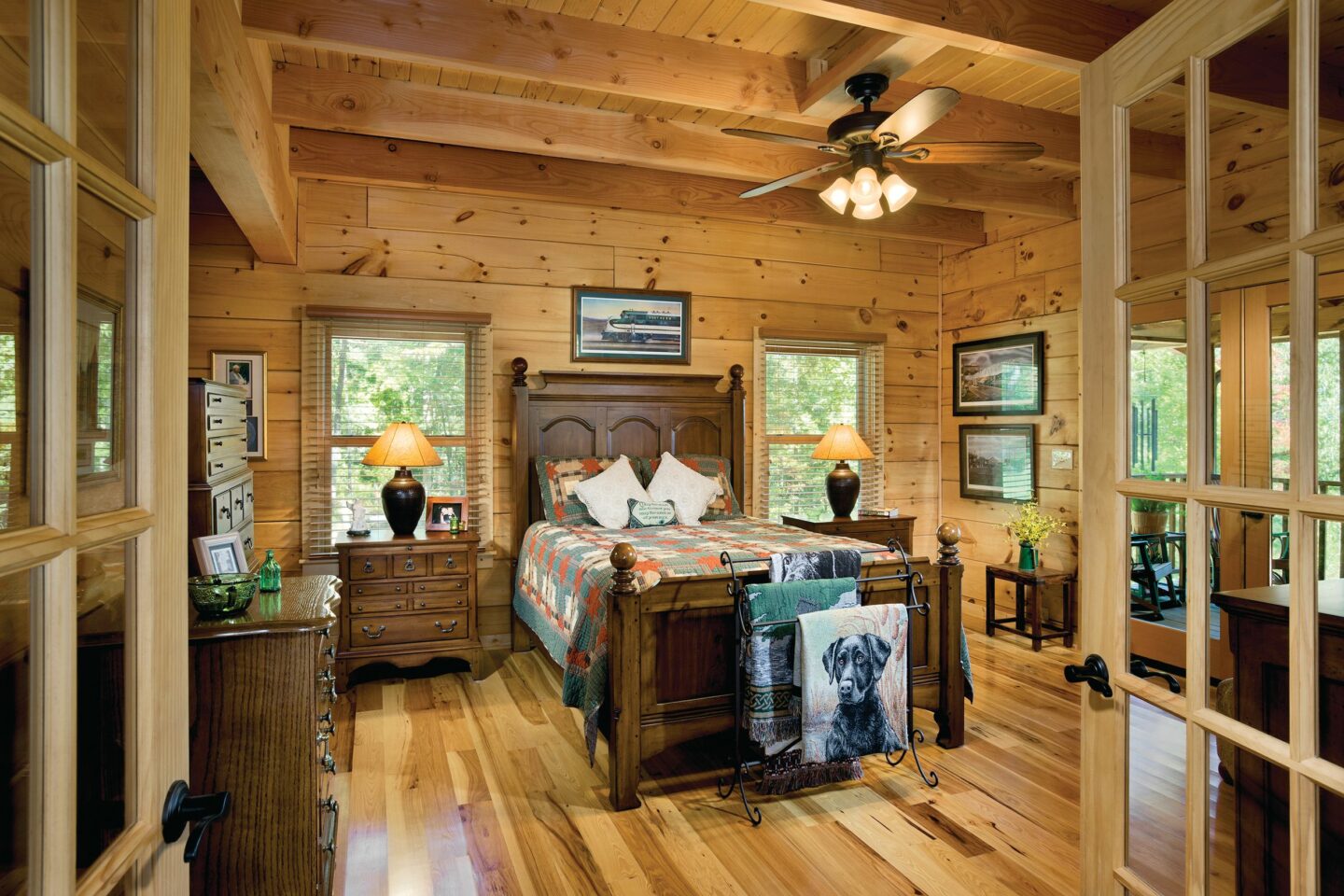
Getting that ‘Just Right’ Feel
A home with the right amount of space affords a simpler life with fewer worries and more time to do the things you love.
Who says bigger is always better? As baby boomers are retiring, they are finding that they no longer need large homes—but there’s no need to sacrifice comfort and quality just for a smaller footprint. Whether you’re going from 10,000 square feet to 5,000 or from 2,500 to 1,000, today’s downsized homes are built to be just the right size for you. You don’t have to
